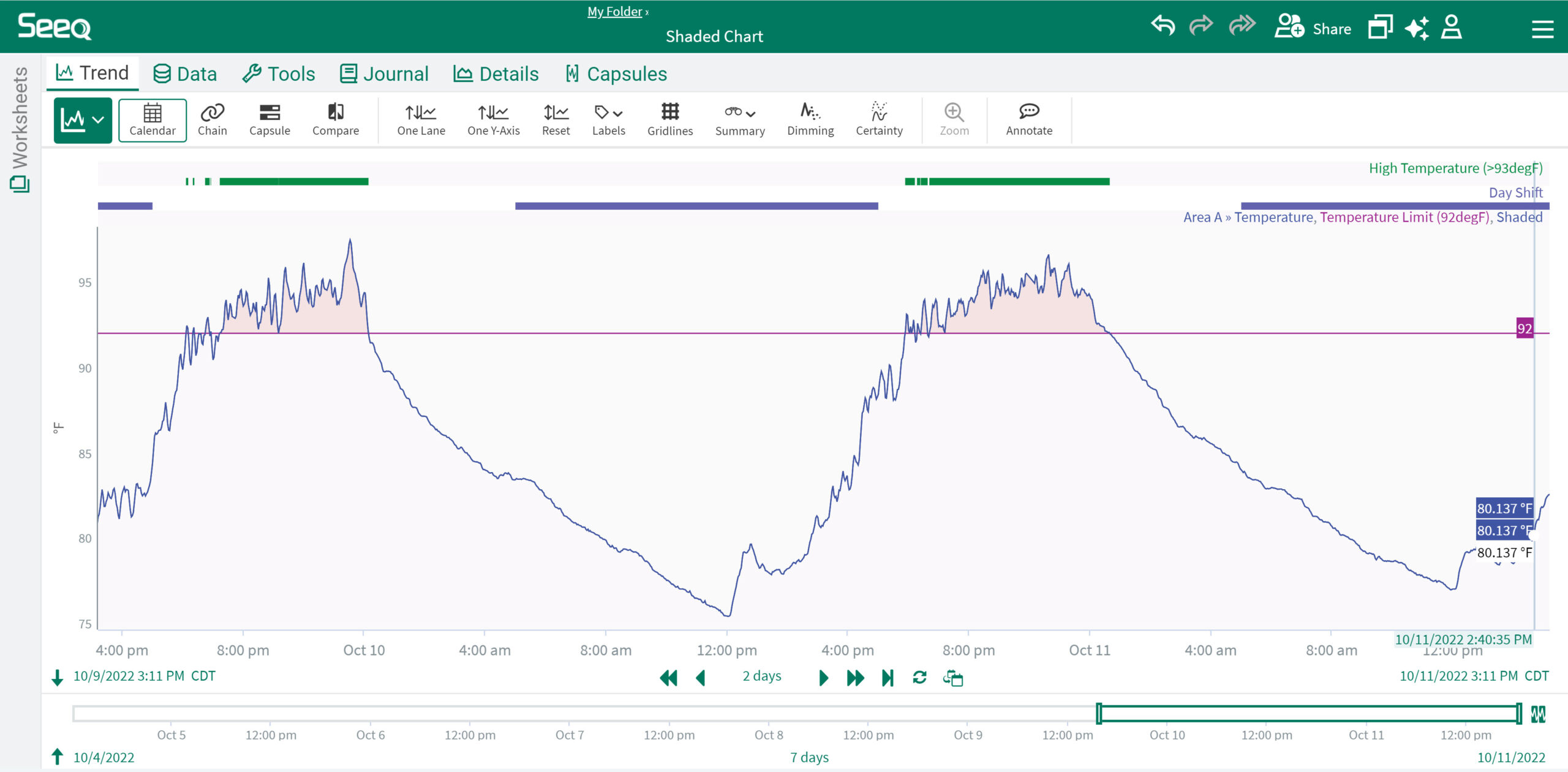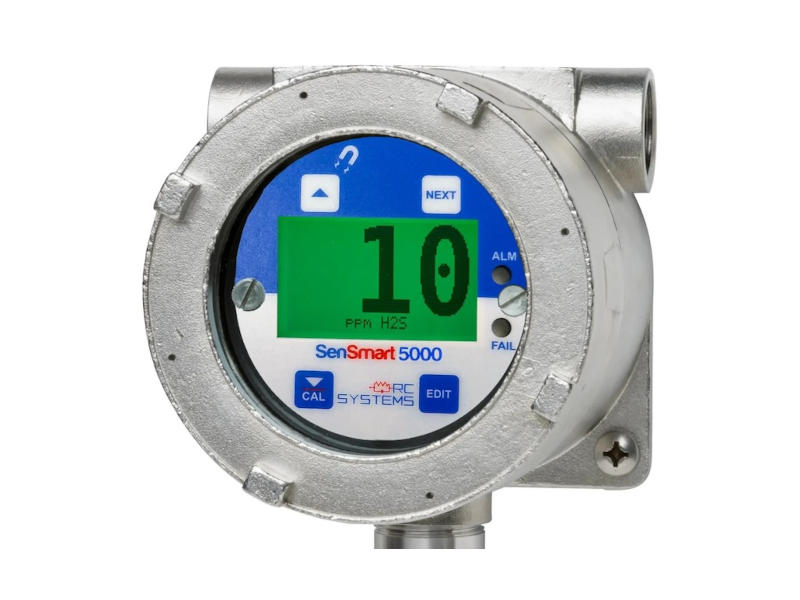Within the operation of any organization, plenty of data can be found to let management know what is working and which problem areas need to be addressed.
There is plenty of data about how an organization’s operations are performed to let management know what is working and which problem areas need to be addressed. Once there is agreement on this, the next questions usually relate to what to do and how to do it. The key to success is to get executive visibility into the operation so the focus can be put on issues that matter and can be controlled and affected.
Effectively monitoring business performance
Monitoring current and future performance factors will be much more effective than monitoring performance for decisions made in the past. This is a key concept to keep in mind when considering an enterprise resource planning (ERP) implementation project.
For instance, controlling the purchasing process to buy only what is needed when it is needed will affect the bottom line much more than paying attention to the utilization rate of a fixed asset which was bought and paid for some time ago.
Three steps for monitoring key issues for performance improvement are:
- Measuring critical few performance criteria
- Analyzing results and recommending actions
- Implementing focused improvement activities.
Measurement and lifeline issues
Measurement activities for monitoring business performance need to target the lifeline issues that must be satisfied for the organization to survive. They also need to be factual, without emotional influence, so owners of the process can objectively evaluate their performance and identify issues.
Measurement is important to keep business process transformation on track. Selecting a few key measures that tie directly to success will focus attention on the appropriate factors that affect success and will allow managers to get a quick, substantive picture of current performance. Using drill-down type metrics to provide more detailed information regarding the specific performance is fine, but it is most important the appropriate message is received by the appropriate people via the top-level measure.
These metrics need to be ones the audience understands and can affect. Areas to focus on include:
Customer value: This is the most important area for any organization. What the customer considers as value is the only thing that is of importance to the organization. Having everyone understand how their actions relate to what the customer wants will allow them to re-evaluate what they do so they can focus on eliminating wasteful non-value-added activities. One way to think of value-added activities is to consider if an item could be listed on the invoice for the activity in question. If not, then its value should be questioned.
Suggestions for measures here include on-time delivery, total order lead time, quality per complaints/returns, and repeat business or lost customers. These metrics need to be at the customer level, not the departmental level, because the customer sees only one organization, not a group of departments.
Operational performance: Operational flexibility will allow the organization to adjust with the changes in demand without having to make major sacrifices to do so. By making a connection between what the operation does (actual supply) and what it needs to do (actual demand), those involved can begin to understand which of their activities are wasteful and which are value-added.
During ERP selection, suggestions for measures in this area include total operational throughput (as defined by deliveries to customers, not additions to inventory), processing lead time (quote to cash), non-capital investment (inventory, supplies, etc., but not fixed assets), and the ability to make changes to the schedule.
Financial: Cash. Let people know what is happening to the money in the organization on a regular basis (weekly or daily) and let them know how they affect this cash flow. Once workers understand this and see their impact, they will probably focus more on making good decisions. Obviously, this information must be presented in accordance with corporate information sharing policy, but the more people can relate their actions to the money being spent, the more they can affect the outcome.
Some measurement suggestions include cash flow (inflows and outflows), spending trends as a function of shipments, and comparisons are adjusted for volume differences. Simply showing the bottom line is ineffective because people typically cannot relate their actions to this measure.
The Keys to Monitoring Business Performance
When it comes to monitoring business performance, all too often metrics are created, detailed and publicized and then have little effect on improving performance. To be effective, it is important to improve the executive visibility into operational drivers, replace "gut-feel" decisions with "fact-based" decisions and educate everyone in the organization about the operational life-line drivers of performance. By making a direct connection between the metrics of performance and the actions of people, positive results from improvements are possible.
Brad Staats is a senior consultant at Ultra Consultant, a CFE Media content partner. This article originally appeared on Ultra Consultants’ Blog.



